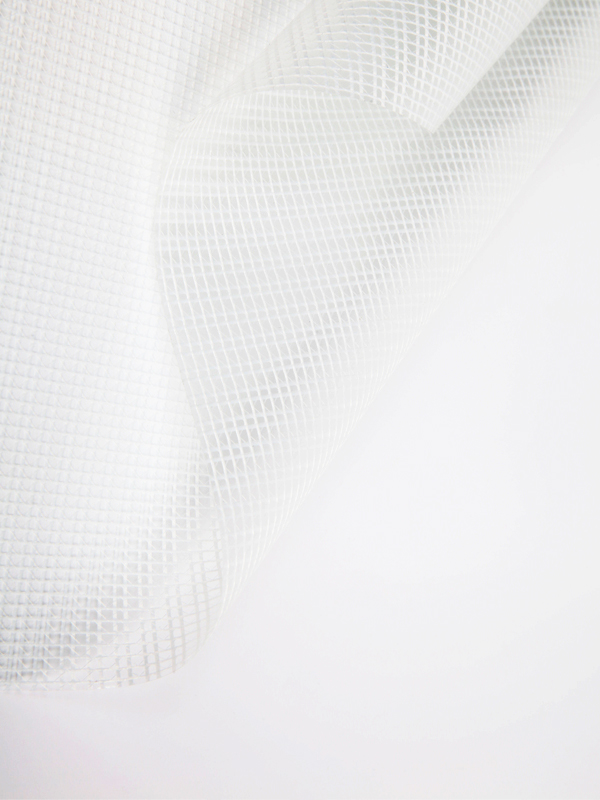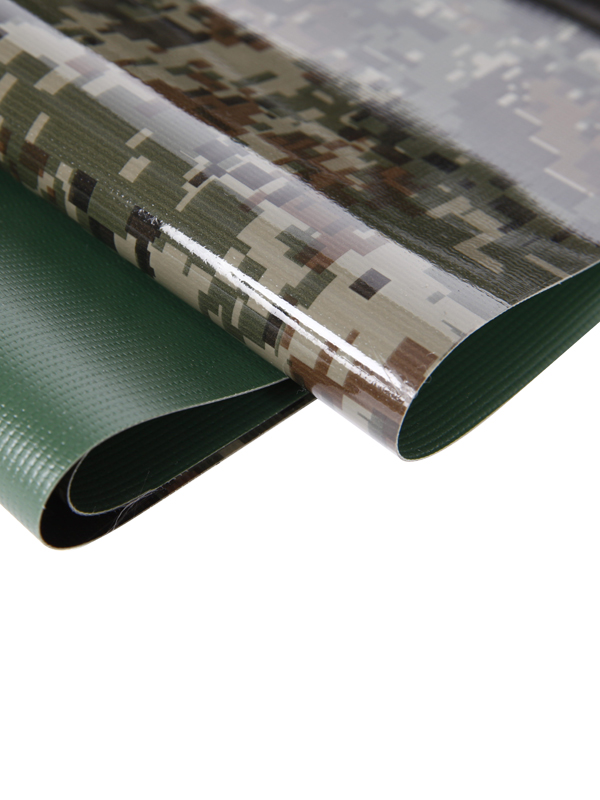Seamless PVC Wallpaper is gaining gradual traction in both residential and commercial interior design sectors, as developers and designers seek materials that combine ease of installation with consistent visual appearance. Unlike traditional wallpaper that may show gaps or misalignments, seamless PVC options offer a more uniform surface, reducing visible seams and enhancing overall aesthetic appeal.
Recent renovation projects in urban apartment complexes and retail interiors have included seamless PVC wallpaper as part of their material selection, citing practical advantages. Its resistance to moisture and ease of cleaning make it suitable for high-traffic or high-humidity areas such as kitchens, bathrooms, and hotel lobbies.
Manufacturers report that the use of digital printing techniques allows for a wider range of design patterns, including imitation textures such as stone, fabric, or wood grain. Combined with the material’s dimensional stability and durability, seamless PVC wallpaper is seen as a flexible option for spaces that require regular maintenance or frequent aesthetic updates.
Environmental factors are also being taken into account. Some producers are introducing phthalate-free formulations and recyclable options, responding to broader industry interest in sustainability. While challenges remain in large-scale recycling of PVC products, early-stage initiatives in several regions aim to establish collection and reuse programs for wall coverings.
Industry analysts note that while seamless PVC wallpaper does not yet dominate the wall covering market, its presence is expected to increase moderately over the next few years. Growth is likely to be driven by urban housing developments, hospitality projects, and commercial interiors requiring efficient installation and long-term visual consistency.
As of early 2025, multiple companies across Asia and Europe are expanding their product lines to include seamless variants, suggesting a shift in both consumer demand and design preferences.

 English
English русский
русский Français
Français Español
Español عربى
عربى






